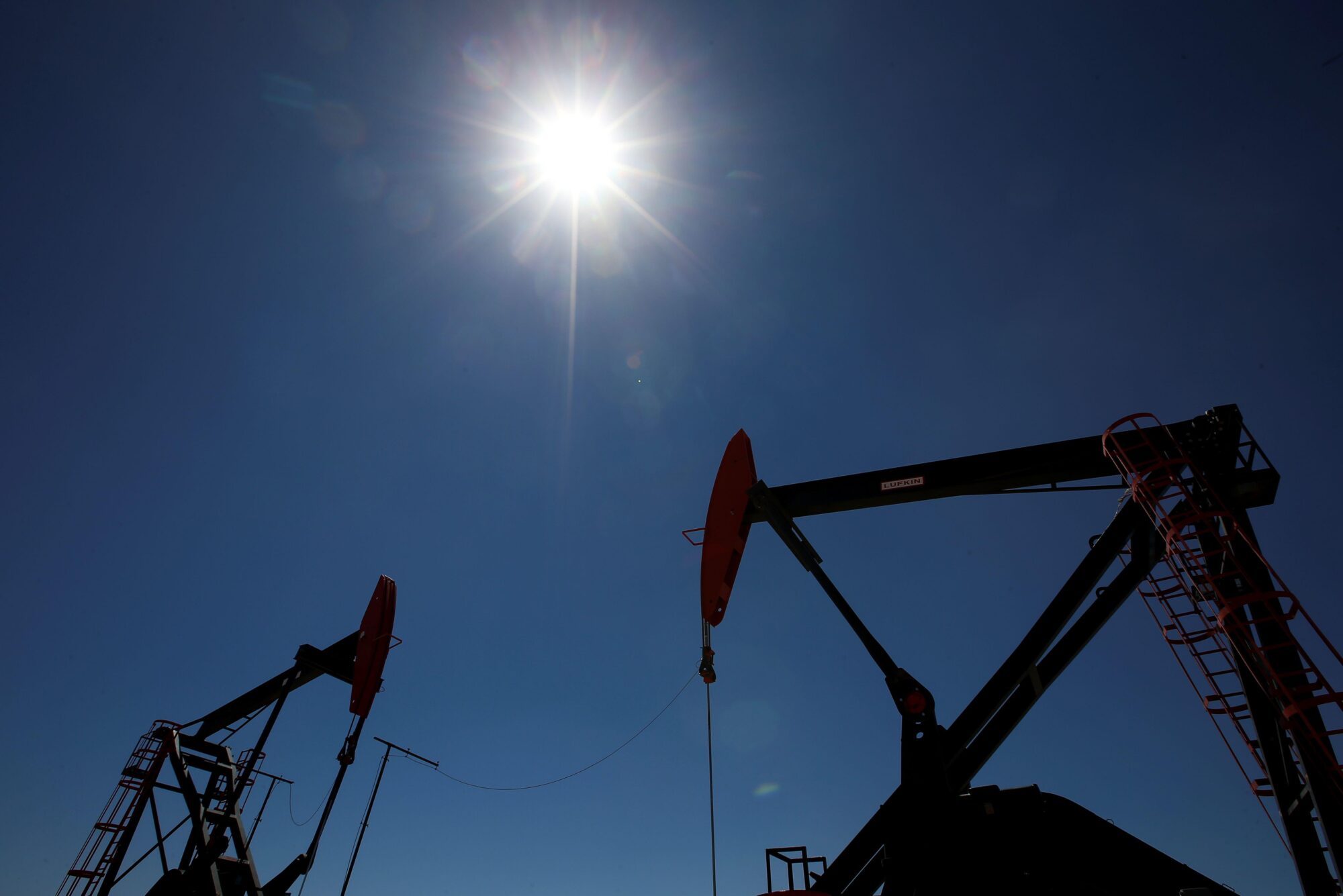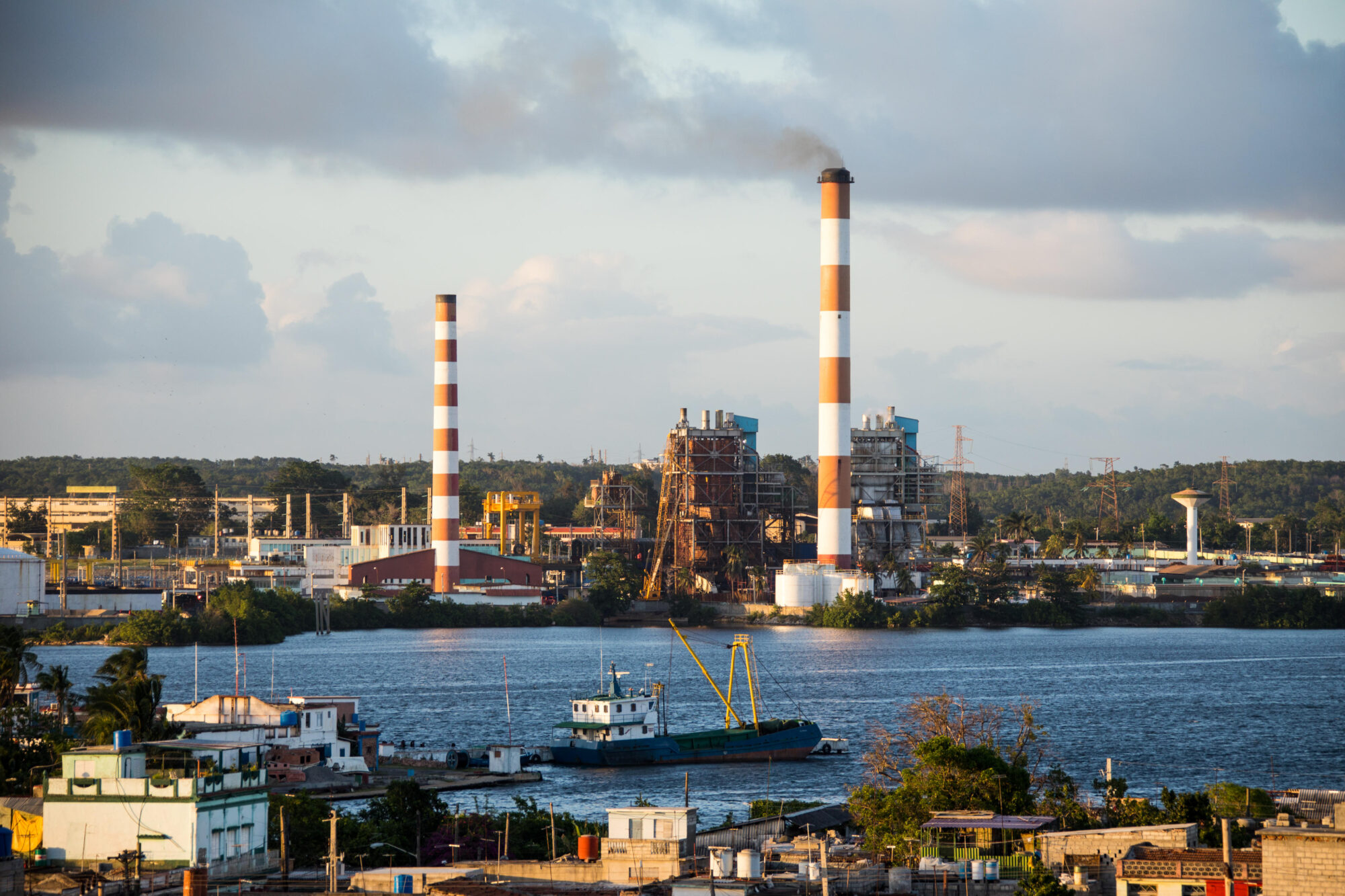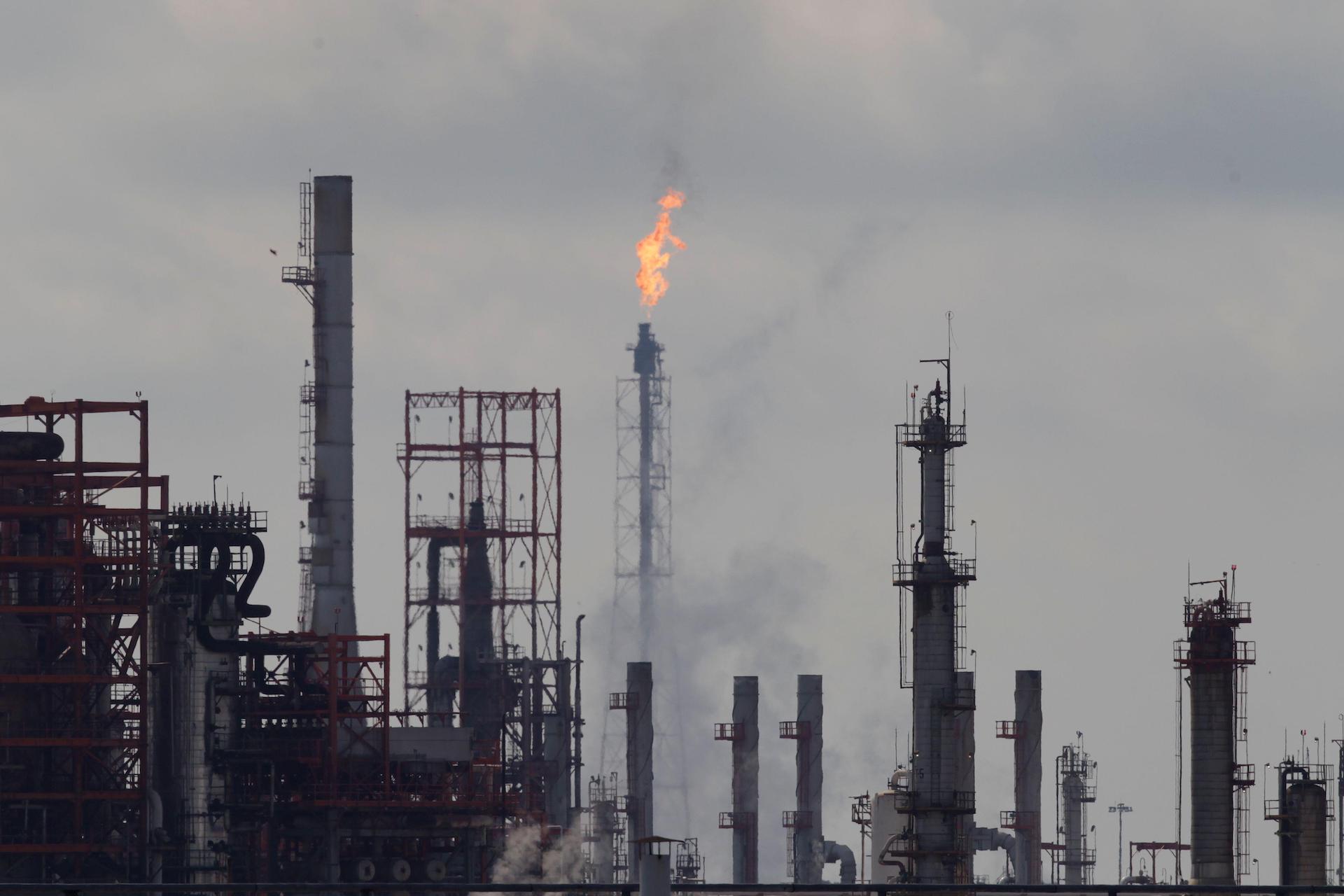Greenhouse gas emissions (GHGs) are rebounding across the G20 after a short period of decline due to the Covid-19 pandemic, with Argentina and China projected to exceed their 2019 emissions levels, according to the Climate Transparency Report, an annual stocktake of G20 climate action.
In 2020, energy-related CO2 emissions plunged by 6% across the G20. In 2021, however, they are projected to rebound by 4%, mainly thanks to higher consumption of coal, particularly in China, and natural gas. Fossil fuels continued to be largely subsidised, with the group of the world’s largest economies committing US$298 billion from January 2020 to August 2021.
75%
the share of global GHG emissions emitted by the G20
Collectively, the G20 is responsible for around 75% of GHGs, including those from land use change and forestry. Therefore, it has an important leadership role to play by agreeing ambitious emissions reduction targets in order to limit the global temperature rise to 1.5ºC by the end of this century, as countries committed to in the Paris Agreement.
Nevertheless, the combined effect of all G20 countries’ 2030 climate pledges, known as NDCs, is insufficient and will lead to 2.4ºC warming, according to the report. This underlines the urgent need for more ambitious commitments as heads of government prepare to gather in Rome at the end of the month for the bloc’s annual summit.
Most G20 members also missed opportunities to leverage COVID-19 recovery packages to promote climate mitigation goals. Only US$300 billion of the total US$1.8 trillion in recovery spending went to the “green” recovery, the report found, as countries still bet on fossil fuels and other high-emission industries.
“G20 governments need to come to the table with more ambitious national emission reductions targets. The numbers in this report confirm we can’t move the dial without them,” said Kim Coetzee from Climate Analytics, one of the organizations involved in the report.
“They know it, we know it – the ball is firmly in their court ahead of COP26 [climate negotiations].”
Latin America’s G20 members
Argentina, Mexico, and Brazil, the Latin American countries that are part of the G20, failed to buck most of the global trends. Their recently updated NDCs continue to miss Paris Agreement targets, with Brazil and Mexico even decreasing their level of ambition compared to previous commitments.
Although Mexico has reportedly spent 1% of its GDP on pandemic recovery measures, virtually none of that spending has gone to green measures, such as new solar and wind energy projects. Meanwhile, spending on fossil fuel infrastructure has increased, according to the report.
Solar, wind, geothermal and biomass account for 5.8% of Mexico’s energy supply, with the G20 average currently at 7%. The country generated 76% of its electricity from fossil fuels in 2020, with natural gas playing the largest role. Fossil fuel subsidies reached US$17.1 billion in 2019, the most recent year for which data is available.
the G20 needs to move mountains to ensure that we can still walk the narrow 1.5°C path
“Mexico still has the opportunity to regain its position as a climate leader,” said Jorge Villareal, head of climate policy at the Mexican NGO Iniciativa Climática. “The government should review its energy and transportation policies. Fossil fuels continue to be very high, while renewables and electric vehicles remain as a pending task.”
Argentina shares many similarities with Mexico. Despite record declines in energy prices during the pandemic, natural gas exploration through fracking has continued to increase in the Vaca Muerta gas fields after energy demand recovered in 2021. Meanwhile, non-conventional renewable energy (which excluded hydropower) only accounts for 5% of the energy supply.
Illegal deforestation continues to be an urgent problem for the country. Between 2015-2020, Argentina lost 105,000 hectares of forest. President Alberto Fernández said there would be a stronger emphasis on eradicating illegal deforestation, declaring it an environmental crime, but has so far not acted on this.
“The fact that Argentina introduced a new and more ambitious climate pledge last year contradicts the latest developments seen in the country,” said Enrique Maurtua Konstantinidis, senior climate advisor at FARN, an NGO in Argentina. “The government hit the breaks on the development of new renewable energy projects.”
In Brazil, the pandemic not only caused the death of hundreds of thousands of people but also contributed to higher levels of deforestation in the Amazon rainforest. Renewable energy auctions planned originally for spring 2020 were delayed amid an expansion of new fossil fuel projects.
Between 2015-2020, Brazil lost 1,453 million hectares of forest area per year. The main cause was land-use change for the production of global commodities, such as soy and cattle. Brazil’s first NDC included a pledge to end illegal deforestation by 2030, but this was excluded from the recently updated climate commitment.
The transition to net-zero
The report also noted some positive developments among G20 members, including a further expansion of renewable energy and new short-term and long-term climate pledges.
The share of renewables in the energy supply of G20 countries is projected to grow from 10% in 2020 to 12% in 2021. And in the power sector (energy used to make electricity and heat), renewables increased by 20% between 2015 and 2020. They are projected to account for nearly 30% of the G20’s power mix in 2021.
A group of 13 countries has submitted new NDCs to the UN, with six (Argentina, Canada, the EU, South Africa, the UK, and the US) containing more ambitious 2030 targets. Meanwhile, a group of 14 countries also announced net-zero targets by mid-century, covering 61% of global emissions.
If fully implemented, these targets would go a long way to limiting global temperature rise to 1.5ºC, the report authors argue. Further net-zero announcements are expected at COP26, including from Argentina.
“The report reveals that the G20 needs to move mountains to ensure that we can still walk the narrow 1.5°C path. Luckily, it’s not impossible. Tasks are clearly defined. All we need are leaders of the world’s largest emitters stepping up and delivering their outstanding duties,” said Laurence Tubiana, CEO of the European Climate Foundation.





